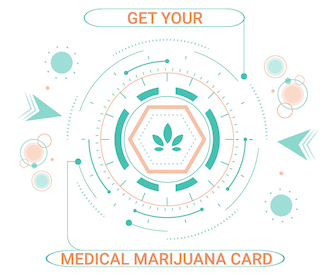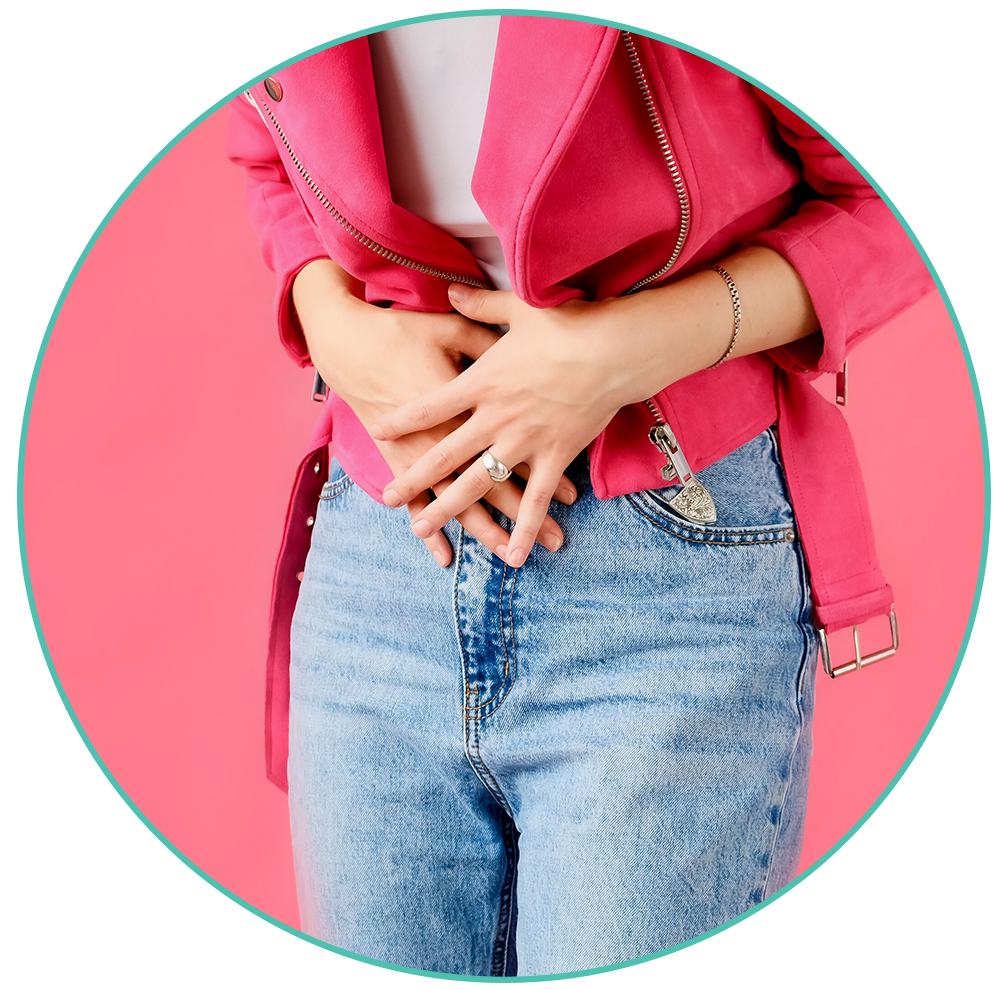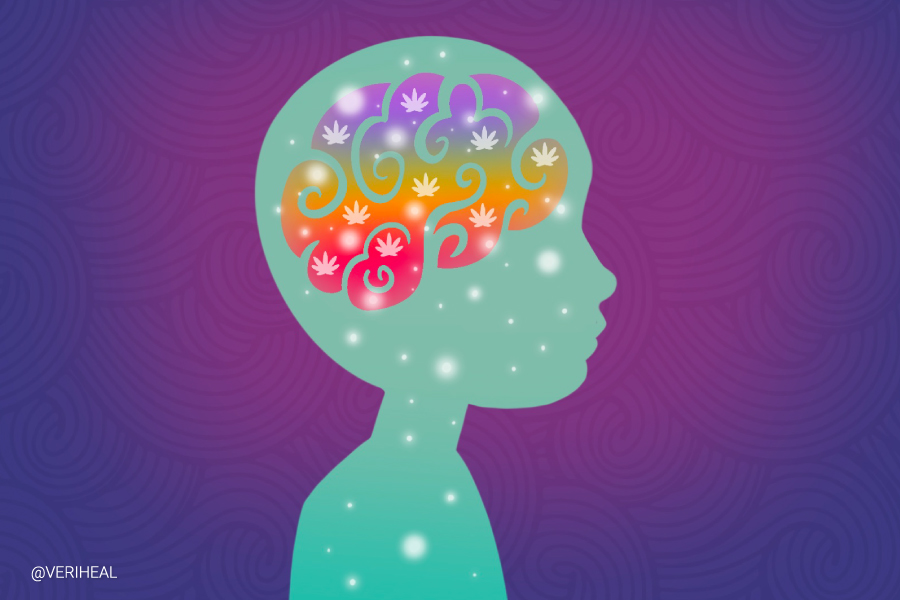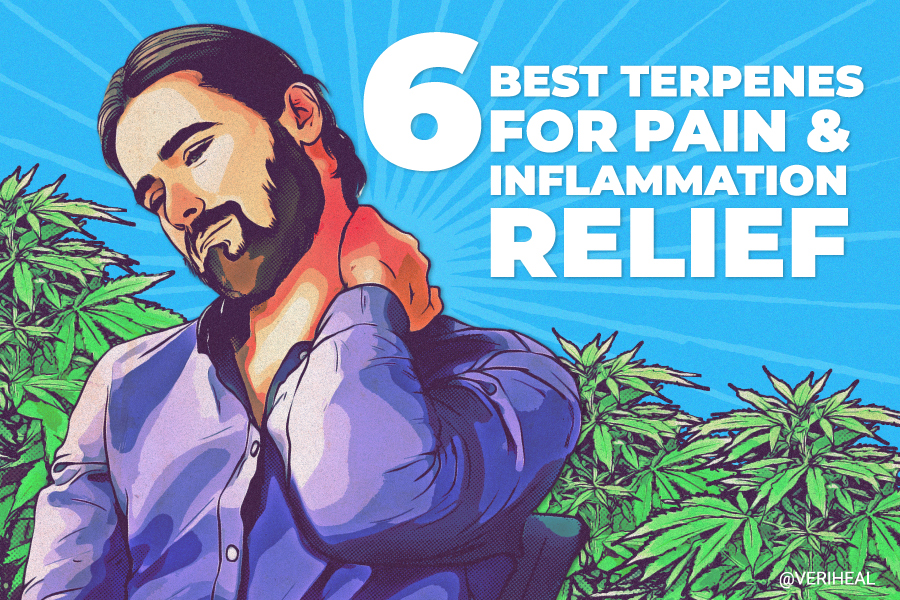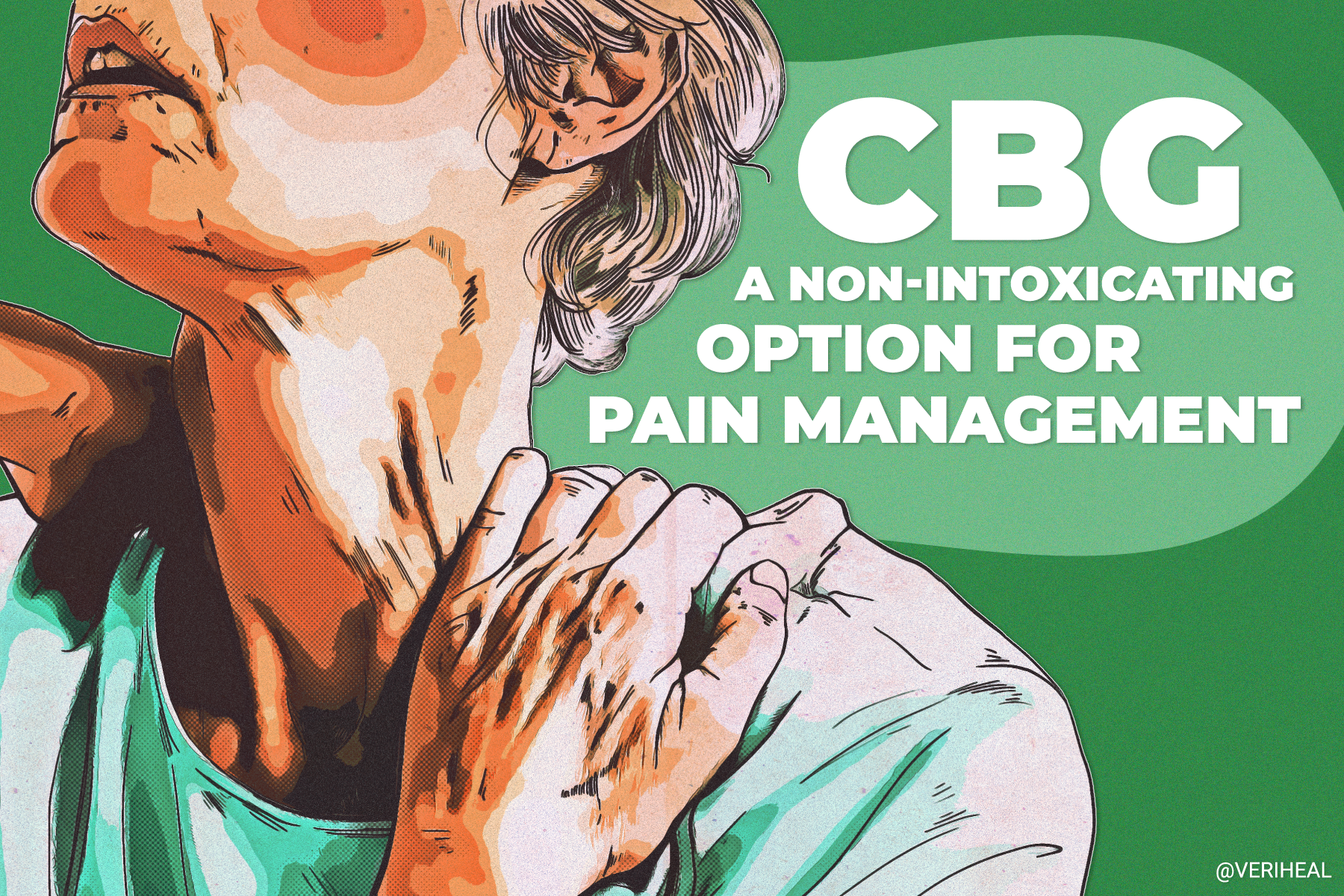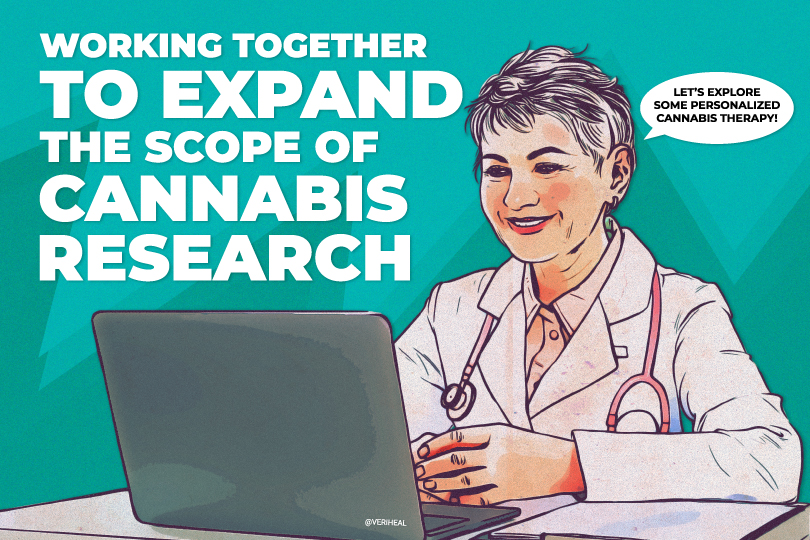Yeast Infection and Medical Cannabis Treatment
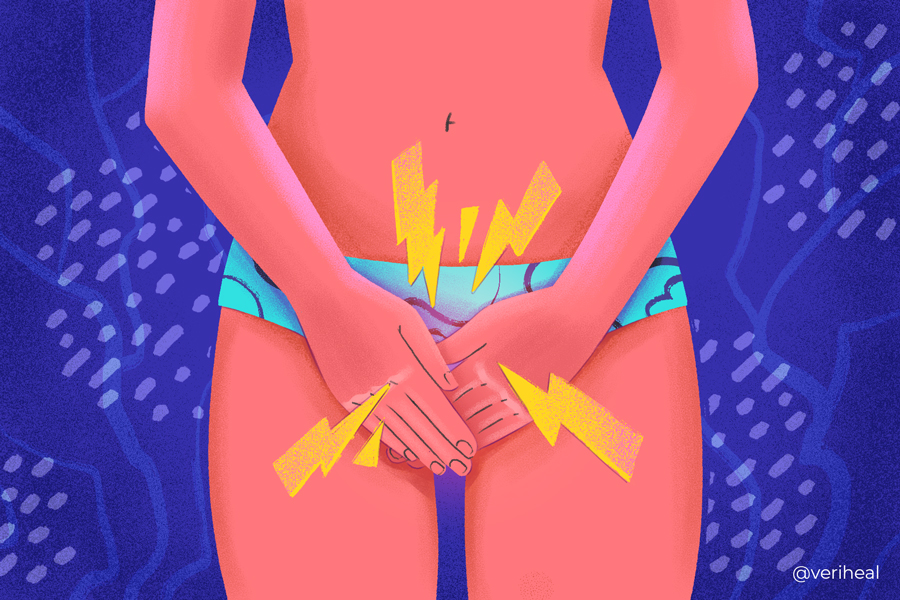
What You Need To Know: Cannabis for Yeast Infections
Yeast infections, also known as fungal infections, can manifest in various forms, including vaginal candidiasis and oral thrush. Common symptoms include sticky, white discharge, redness, itching, and discomfort in affected areas. While conventional treatments typically involve oral or topical antifungal medications, the emergence of medical marijuana as a potential alternative therapy sparks interest. However, the current body of research on cannabis’s impact on yeast infections presents conflicting findings.
While some studies suggest that cannabinoids like CBD may possess antifungal properties and inhibit Candida growth, others indicate that THC could exacerbate inflammation and weaken immune responses, potentially worsening fungal infections.
These nuanced insights underscore the necessity for further comprehensive research to elucidate the intricate relationship between cannabis and yeast infections before considering its viability as a mainstream treatment option.
- What is a yeast infection?
- Signs and Symptoms of Yeast Infection
- Medical Marijuana, Inflammation, and Immunity
There is so much to know about marijuana and the impact of medical cannabis. How cannabis impacts infections is a huge topic still under study with variable results. The use of marijuana for yeast infections isn’t yet defined.
So, is it possible to use medical marijuana to treat yeast infection? Here we’ll discuss medical marijuana for yeast infection and the effect of cannabis on inflammation and our immune system in general.
What is a yeast infection?
Before we dive into the details of the use of marijuana for yeast infection, we must first understand what a yeast infection is. Yeast infection is a disease caused by the organism Candida Albicans. A yeast infection is the same as a fungal infection, and thus this kind of infection can also be called Vaginal candidiasis named after the fungal species.
Candida normally lives on the skin and doesn’t cause infections, but when conditions allow for overgrowth around the vaginal area, it leads to vaginal yeast infection, also known as vulvovaginal candidiasis. Another common type of yeast infection is oral thrush, also known as oral candidiasis. Candidal infections most commonly occur on the skin in humid areas and appear as rashes (3).
Candidal infections occur when there is an overgrowth of candida in moist and humid environments such as the mouth, vagina, and other skinfold areas. Regarding its prevalence, vaginal candida infection is one of the most common causes of vulvovaginitis (general inflammation of the vulva and vagina), and it is a prevalent problem. Yeast infections can occur due to many underlying reasons.
The most important risk factors are pregnancy, diabetes, HIV infection, and topical or systemic antibiotics (topical means the direct application of antibiotics to the vulva/vagina). The above causes lead to a weak immune system and overgrowth of Candida albicans.
Signs and Symptoms of Yeast Infection
The symptoms of vaginal candidiasis vary, but the most common clinical features include:
- Sticky, white vaginal discharge that looks like cottage cheese or is watery
- Odorless discharge
- Redness of the vagina and vulva
- Vaginal burning sensation
- Pain with sex
- Pain with urination
- Itching and discomfort around the vaginal area (3)
Yeast infections are treated with oral or topical antifungal medications, they are associated with some side effects but are generally well-tolerated. These infections could become widespread and life-threatening in patients with weakened or compromised immune systems.
According to Mayo Clinic, yeast infections may be prevented by wearing cotton underwear that is not too tight, and avoiding:
- Tight-fitting pantyhose
- Douching, which removes normal, protective vaginal bacteria
- Scented feminine products
- Hot tubs, bubble baths, and very hot baths
- Unnecessary antibiotic use, such as for colds or other viral infections
- Staying in wet clothes for a long time, like in swimsuits and workout clothes (3)
Medical Marijuana, Inflammation, and Immunity
Currently, there are no research papers discussing the direct relation between cannabis and yeast infections. This means there is no evidence to date to suggest that cannabis use can help with yeast infections. Overall, the existing evidence in other fungal studies and cannabis is somewhat contradictory.
The role of cannabinoids and how they interact with the body’s endocannabinoid system (ECS) is just beginning to be explored more in depth. The ECS is a complex cell signalling network spread throughout the body and central nervous system (CNS) that is responsible for maintaining homeostasis in the body and regulating key functions such as memory, mood, pain perception, appetite, motor responses, and more. Due to cannabinoids ability to influence the ECS, there have been more studies investigating the therapeutic effects of different cannabinoids such as delta-9 tetrahydrocannabinol (THC), cannabidiol (CBD), cannabigerol (CBG), etc.
A more recent study on CBD and Candida Albicans growth showed that CBD has the potential to slow and modify Candida growth to potentially stop it from causing infections. It was not a clinical study so there is more research that needs to be done on this (2).
However, a 2021 study on oral candidiasis suggests that smoking cannabis may make things worse by promoting overgrowth of Candida Albicans in oral infections (4).
There is strong evidence on how cannabis can change inflammation levels, but THC may actually weaken immune responses to viruses, bacteria, and pathogens because it tones down the inflammatory cells’ response to such invaders. A study on THC and systemic Candida Albicans infection showed that THC actually impaired the immune response needed to fight off the widespread fungal infection. This suggests THC, especially when smoked, may make things worse for fungal infections (1).
The body of research on the anti-inflammatory, immunoprotective, and antifungal properties of different cannabinoids remains limited. Although there isn’t any information regarding the direct effect of cannabis on yeast infections, a few research papers stated how THC may worsen the response by dampening inflammation inside our body, possibly providing detriment for yeast infections.
Additionally, some studies suggest that CBD has antifungal effects in regards to Candida Albicans’ growth, suggesting there may be more antifungal potential with CBD or other cannabinoids pending further study.
Note: The content on this page is for informational purposes only and is not intended to be professional medical advice. Do not attempt to self-diagnose or prescribe treatment based on the information provided. Always consult a physician before making any decision on the treatment of a medical condition.
1. Blumstein, G. W., Parsa, A., Park, A. K., McDowell, B. L., Arroyo-Mendoza, M., Girguis, M., Adler-Moore, J. P., Olson, J., & Buckley, N. E. (2014). Effect of delta-9-tetrahydrocannabinol on mouse resistance to systemic candida albicans infection. PLoS ONE, 9(7). https://www.ncbi.nlm.nih.gov/pmc/articles/PMC4110019/
2. Feldman, M., Sionov, R. V., Mechoulam, R., & Steinberg, D. (2021). Anti-Biofilm activity of Cannabidiol against candida albicans. Microorganisms, 9(2), 441. https://www.ncbi.nlm.nih.gov/pmc/articles/PMC7924206/
3. Mayo Foundation for Medical Education and Research. (2021, March 17). Yeast infection (vaginal). Mayo Clinic. Retrieved July 13, 2022, from https://www.mayoclinic.org/diseases-conditions/yeast-infection/symptoms-causes/syc-20378999
4. Tazi, N., Pigeon, X., Mbuyi-Boisvert, J. M., Giret, S., Béland, F., & Rouabhia, M. (2021). Effect of cannabis smoke condensate on C. albicans growth and biofilm formation. Microorganisms, 9(11), 2348. https://www.ncbi.nlm.nih.gov/pmc/articles/PMC8618252/
5. TURNER, C. A. R. L. T. O. N. E., & ELSOHLY, M. A. H. M. O. U. D. A. (1981). Biological activity of cannabichromene, its homologs and isomers. The Journal of Clinical Pharmacology, 21(S1). https://pubmed.ncbi.nlm.nih.gov/7298870/











